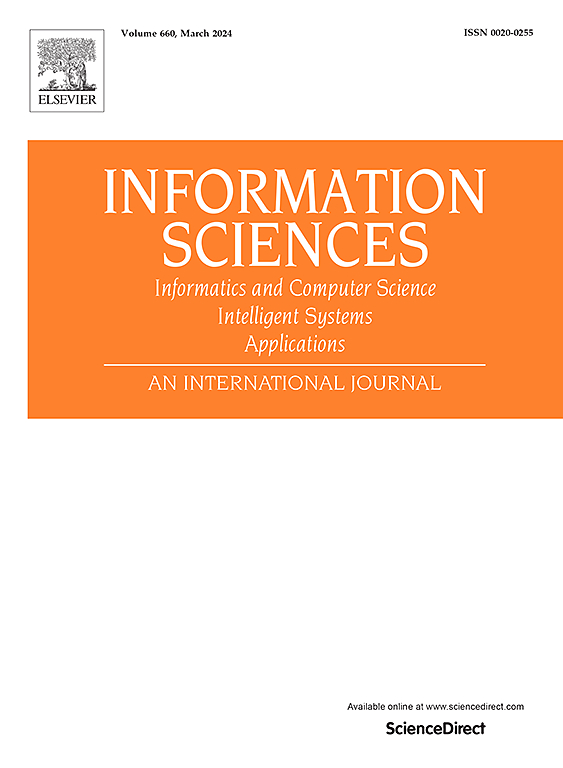基于多分支语义对齐的少镜头图像分类
IF 6.8
1区 计算机科学
0 COMPUTER SCIENCE, INFORMATION SYSTEMS
引用次数: 0
摘要
深度学习在计算机视觉领域的显著进展极大地激发了对少镜头图像分类的研究兴趣。这个领域的目的是从以前的经验中转移知识,在有限的样本中识别新的概念。然而,大多数现有的方法主要集中在高级特征的语义信息对齐上,而忽略了中级或低级特征表示的重要性。本文提出了一种基于多分支语义对齐(Multi-Branch Semantic Alignment, MBSA)的图像分类方法,探讨了多层次特征在图像分类中的作用。我们没有使用标准的卷积层,而是使用不同的卷积层在每个分支中生成增强的表示。然后,密集分类器利用这些表示,该分类器由强大的引导机制监督,将语义信息合并到它们的空间位置中。在推理阶段,设计了多分支语义对齐,在查询图像和支持图像之间对齐多层次特征。这种对齐过程有效地建立了不同层次表征之间的语义对应关系,从而增强了识别新类别的能力。在不同的少量基准上进行了全面的实验,以证明我们的方法与之前几种方法相比的优越性,并进行了烧蚀研究,以分析不同成分的影响。本文章由计算机程序翻译,如有差异,请以英文原文为准。
Multi-branch semantic alignment for few-shot image classification
The remarkable progress of deep learning in computer vision has significantly stimulated research interest in few-shot image classification. This field aims to transfer knowledge from previous experiences to recognize new concepts with limited samples. However, most existing approaches primarily concentrate on aligning semantic information at high-level features, neglecting the importance of middle-level or low-level feature representations. In this paper, we propose a novel approach called Multi-Branch Semantic Alignment (MBSA) for few-shot image classification, with the objective of investigating the role of multi-level features. Instead of using standard convolutional layers, we employ diverse convolutional layers to generate enhanced representations in each branch. These representations are then utilized by a dense classifier, which is supervised by a powerful guidance mechanism to incorporate semantic information into their spatial locations. During the inference stage, the multi-branch semantic alignment is designed to align multi-level features between query images and support images. This alignment process effectively establishes semantic correspondences between representations at different levels, thereby enhancing the ability to recognize novel categories. Comprehensive experiments are conducted on various few-shot benchmarks to demonstrate the superiority of our approach compared to those of several previous approaches, and ablation studies are performed to analyze the impact of different components.
求助全文
通过发布文献求助,成功后即可免费获取论文全文。
去求助
来源期刊

Information Sciences
工程技术-计算机:信息系统
CiteScore
14.00
自引率
17.30%
发文量
1322
审稿时长
10.4 months
期刊介绍:
Informatics and Computer Science Intelligent Systems Applications is an esteemed international journal that focuses on publishing original and creative research findings in the field of information sciences. We also feature a limited number of timely tutorial and surveying contributions.
Our journal aims to cater to a diverse audience, including researchers, developers, managers, strategic planners, graduate students, and anyone interested in staying up-to-date with cutting-edge research in information science, knowledge engineering, and intelligent systems. While readers are expected to share a common interest in information science, they come from varying backgrounds such as engineering, mathematics, statistics, physics, computer science, cell biology, molecular biology, management science, cognitive science, neurobiology, behavioral sciences, and biochemistry.
 求助内容:
求助内容: 应助结果提醒方式:
应助结果提醒方式:


